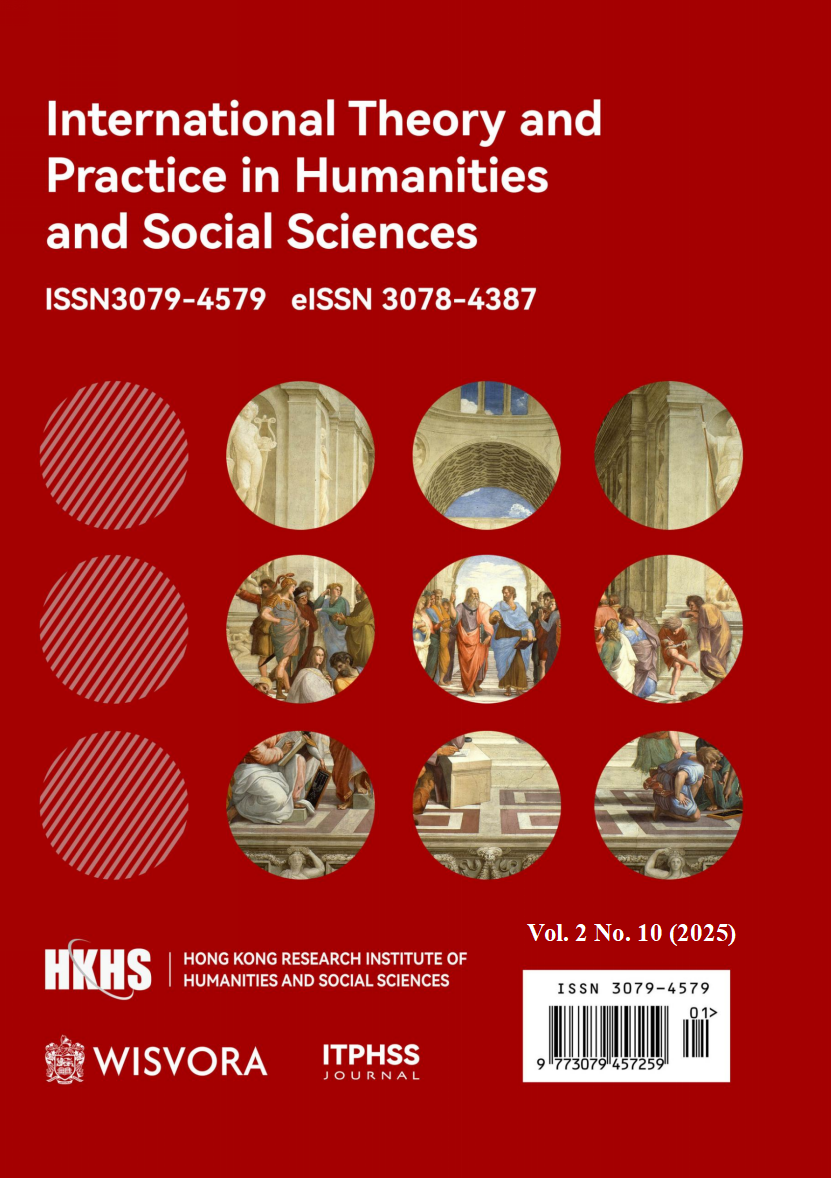Abstract
With the advancement of economic globalization and the booming tourism industry, the hotel sector, as a crucial component of the service industry, faces increasingly fierce competition. According to relevant data, the number of hotels has continued to grow in recent years, while market saturation has gradually increased. In 2023 alone, there were 343,545 accommodation facilities nationwide with over 15 rooms each, totaling 17,321,745 guest rooms. Under such market conditions, competition among hotels has intensified, making it imperative for every hotel operator to consider how to stand out among numerous competitors. In the fiercely competitive hotel market, service innovation has become the key to hotels gaining a competitive advantage. Customer satisfaction, as an important indicator for measuring the quality of hotel services and business performance, is directly related to the hotel's reputation, return rate, and market competitiveness. Service quality plays a crucial mediating role between hotel service innovation and customer satisfaction. High quality service is the foundation for achieving service innovation and the key to improving customer satisfaction.
References
Amin, M., Yahya, Z., Ismayatim, W. F. A., Nasharuddin, S. Z., & Kassim, E. (2013). Service quality dimension and customer satisfaction: An empirical study in the Malaysian hotel industry. Services Marketing Quarterly, 34(2), 115–125. https://doi.org/10.1080/15332969.2013.770665
Chen, S. C., & Hu, H. H. (2010). The effect of relational benefits on perceived value in relation to customer loyalty: An empirical study in the Australian coffee outlets industry. International Journal of Hospitality Management, 29(3), 405–412. https://doi.org/10.1016/j.ijhm.2009.09.006
Chen, Y., Wang, Y., & Sun, V. (2020). Service innovation and customer satisfaction: The moderating role of digital transformation in the hospitality industry. Tourism Management Perspectives, 34, 100657. https://doi.org/10.1016/j.tmp.2020.100657
Fornell, C., & Larcker, D. F. (1981). Evaluating structural equation models with unobservable variables and measurement error. Journal of Marketing Research, 18(1), 39–50. https://doi.org/10.1177/002224378101800104
Grönroos, C. (2001). The perceived service quality concept: A mistake? Managing Service Quality: An International Journal, 11(3), 150–152. https://doi.org/10.1108/09604520110393386
Homburg, C., Jozić, D., & Kuehnl, C. (2017). Customer experience management: Toward implementing an evolving marketing concept. Journal of the Academy of Marketing Science, 45(3), 377–401. https://doi.org/10.1007/s11747-015-0460-7
Hu, M. L. M., Horng, J. S., & Sun, Y. H. C. (2009). Hospitality teams: Knowledge sharing and service innovation performance. Tourism Management, 30(1), 41–50. https://doi.org/10.1016/j.tourman.2008.04.009
Kuo, Y. F., & Yang, C. Y. (2011). The effects of green innovation on environmental and corporate performance: A stakeholder perspective. Journal of Business Ethics, 104(3), 361–370. https://doi.org/10.1007/s10551-011-0913-0
Ladhari, R. (2009). A review of twenty years of SERVQUAL research. International Journal of Quality and Service Sciences, 1(2), 172–198. https://doi.org/10.1108/17566690910971445
Parasuraman, A., Zeithaml, V. A., & Berry, L. L. (1988). SERVQUAL: A multiple-item scale for measuring consumer perceptions of service quality. Journal of Retailing, 64(1), 12–40.
Rust, R. T., & Oliver, R. L. (1994). Service quality: Insights and managerial implications from the frontier. In R. T. Rust & R. L. Oliver (Eds.), Service quality: New directions in theory and practice (pp. 1–19). Thousand Oaks, CA: Sage.
Vargo, S. L., & Lusch, R. F. (2004). Evolving to a new dominant logic for marketing. Journal of Marketing, 68(1), 1–17. https://doi.org/10.1509/jmkg.68.1.1.24036
Yi, Y., & Gong, T. (2008). The effects of customer justice perception and affect on customer citizenship behavior and customer dysfunctional behavior. Industrial Marketing Management, 37(7), 767–783. https://doi.org/10.1016/j.indmarman.2008.01.005

This work is licensed under a Creative Commons Attribution 4.0 International License.
Copyright (c) 2025 Sheng Li (Author); Yougho Ha (Co-Authors)

